The digital age has given rise to groundbreaking technologies. But does that mean that the legal and financial intricacies don't apply to them? Howey Test, the result of a landmark judgment in SEC v. W. J. Howey Co., says otherwise.
The Howey Test, a seminal legal doctrine from 1946, suddenly finds itself at the heart of 21st-century debates about what constitutes security in today's digital age. Such intersections are where Global Blockchain Solution thrives, harmonizing the cadences of finance, law, and tech.
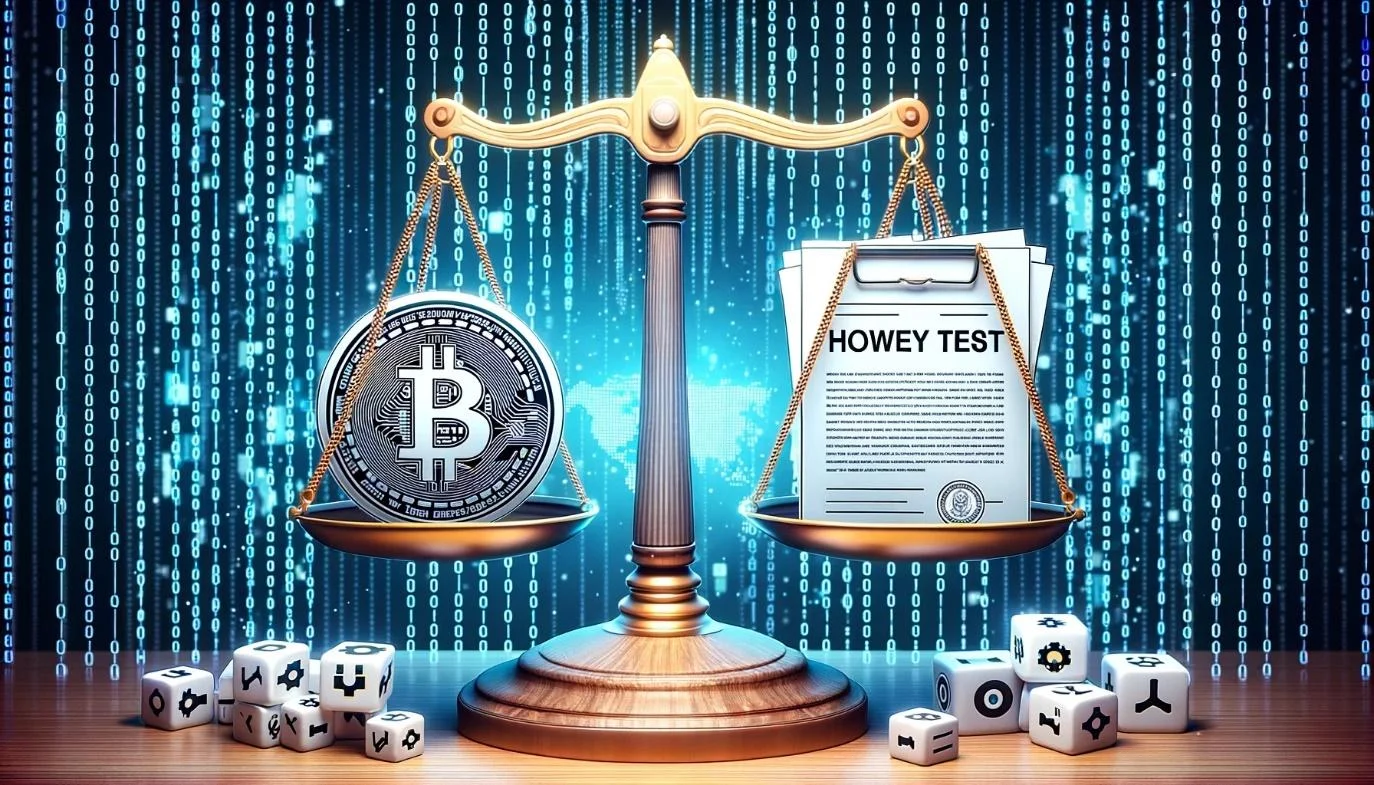
Today, let's find out what is Howey Test and does it affect your cryptocurrency or blockchain project.
This Article Contains:
What is the Howey Test?
The past, it's often said, echoes in the present. Nowhere is this more palpable than in the intriguing tale of the Howey Test. Born from the warm citrus groves of Florida, this landmark legal litmus test was crystallized not by tech moguls or digital pioneers, but by landowners and hoteliers in the mid-20th century.
Their venture? Selling tracts of orange groves to keen investors. This investment was with a catch, however. The hotel company would tend to these groves, giving returns to the landowners.

This seemingly innocuous venture, however, soon caught the eagle eyes of the SEC, sparking off a pivotal court case: SEC v. W.J. Howey Co. The judgment that emerged not only defined the Howey Test but would become the gold standard for identifying "investment contracts" thereafter.
Fast forward to today, and the digital landscape is rife with innovative projects and tokens, each vying for recognition, adoption, and legitimacy. But do they escape the definition of 'security' as per the Howey Test? That's where the intrigue deepens.
⮊ The U.S. Supreme Court's Definition of an "Investment Contract"
At its core, the Howey Test is deceptively simple. The U.S. Supreme Court delineated four essential elements for a transaction to qualify as an "investment contract".
It asserted that if an arrangement involved, "Investment of money in a common enterprise, with a reasonable expectation of profits to be derived from the efforts of others,"
it's an "investment contract" — and hence a security.
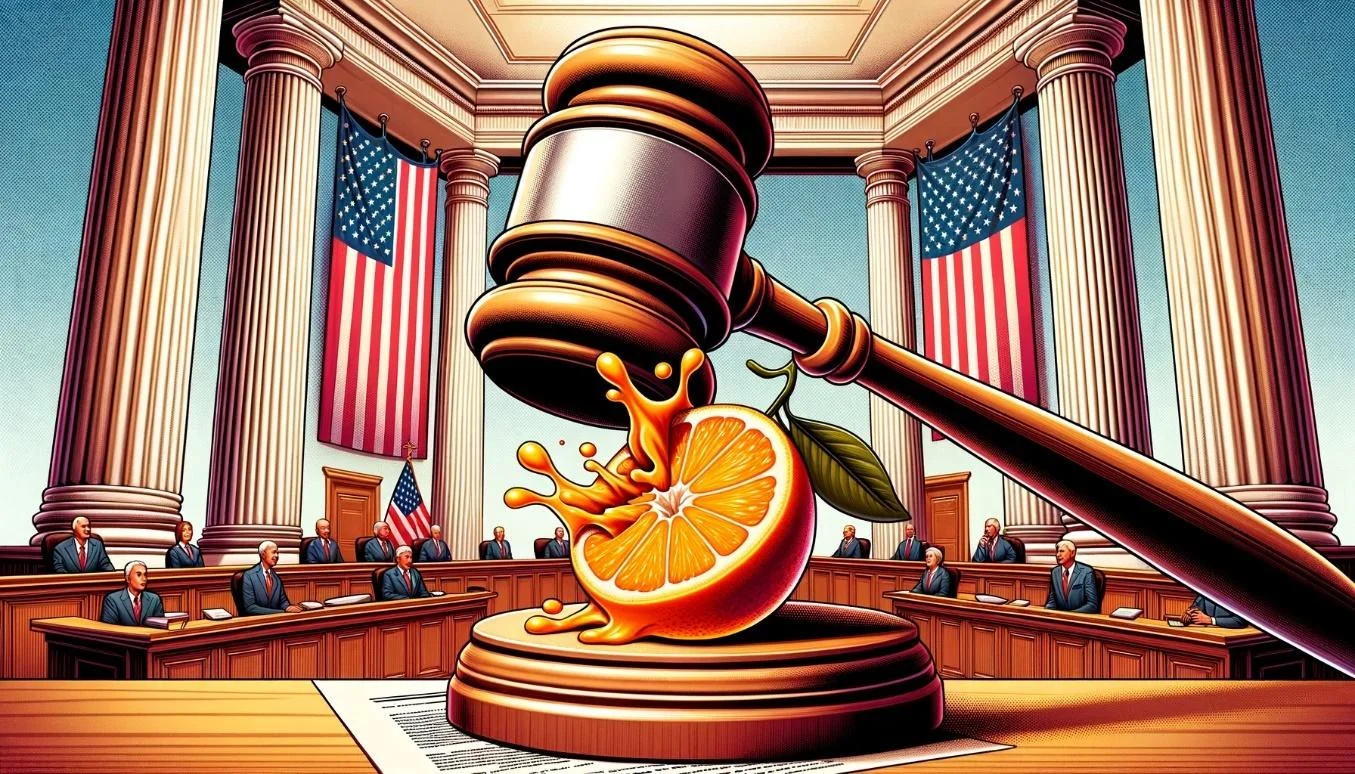
But while these words may seem straightforward, their application has been anything but. Over the decades, this clear-cut definition has been tried and tested across varying financial instruments, ventures, and schemes. The key question always remains: does your blockchain project fall under the purview of the Securities Exchange Act?
Also Read: The Legality of Launching an ICO in the US in 2023
⮊ Evolution and Continued Relevance in the Digital Age
When the Howey Test was first articulated, the world was quite different. The financial instruments of the time were tangible and largely traditional. Over the decades, as innovations reshaped the landscape, the Howey Test demonstrated a resilience that few could have anticipated.
Enter the era of blockchain and cryptocurrencies, and the complexities multiplied. Take the case of Ethereum's initial coin offering (ICO) in 2014. Ethereum's ICO was not initially perceived as a "security" in the traditional sense. Still, its method of fundraising, by selling Ether tokens to early backers, drew parallels to conventional investment contracts.

The SEC later clarified that while Ethereum's ICO might have been a security offering at inception, Ether, in its current state, is not a security. This decision was influenced by its decentralized nature.
Similarly, many other crypto projects have walked a thin line. The rise of DeFi (Decentralized Finance) platforms, NFTs (Non-Fungible Tokens), and DAOs (Decentralized Autonomous Organizations) further complicates the narrative. While these innovations offer unparalleled opportunities and freedoms, they also introduce uncertainties in regulatory classifications.
4 Prongs of the Howey Test
Howey test consists of 4 prongs that determine whether an arrangement can be termed as a security or not.
Let’s study the 4 prongs of the Howey Test.
-
Investment of money
Courts have interpreted this investment quite broadly. Beyond cash, it has been held to include tangible and intangible property, promissory notes, services, and even group membership.

For example, the Ninth Circuit ruled that exchanged assets qualified in SEC v. Glenn W. Turner Enterprises (1972). The court affirmed that promissory notes could represent an investment in Gary Plastic Packaging Corp v. Merrill Lynch (1985). The takeaway is that the investment need not be strictly cash for the Howey Test to apply.
-
In a common enterprise
This is where the waters get muddier. 'Common enterprise' is a term rife with ambiguity, leading to varied interpretations by different courts. The Third, Sixth, and Seventh Circuits have adopted a “horizontal commonality” test while the Fifth, Eighth, Tenth, and Eleventh Circuits have adopted a “vertical commonality” test.

The "horizontal commonality" perspective focuses on the pooling of investments from multiple participants. On the other hand, "vertical commonality" emphasizes the interdependence between the investor and the promoter's efforts.
This divergence in interpretation means that two seemingly similar projects could be viewed differently under the lens of securities laws, depending on the jurisdiction.
-
With an expectation of profits
The "expectation of profits" prong of the Howey Test has been a focal point of judicial scrutiny, particularly as new investment vehicles emerge. Courts have assessed whether investors are motivated primarily by potential returns on their investments, as opposed to other motivations like consumption or use. In SEC v. SG Ltd. (2001), the court underscored the significance of profits derived from the entrepreneurial or managerial efforts of others as indicative of security.

Additionally, the U.S. Supreme Court, in SEC v. W.J. Howey Co., stressed the dependence on third-party efforts as a pivotal consideration. More recently, in the world of digital assets, the case of Munchee Inc. became notably relevant.
In 2017, the SEC halted the Munchee ICO, stating that the tokens – despite being branded as utility tokens to be used in the Munchee app for restaurant review – were securities as they were being sold with an expectation of profit, significantly based on the company's promotional efforts.
This case serves as a stark reminder that the expectation of profits, particularly when driven by the actions of a central party, can be a determinative factor in classifying assets as securities.
-
From the efforts of others
This prong is key in evaluating whether a crypto network is sufficiently decentralized. If investors rely heavily on the core development team's efforts to realize gains, it suggests a security. For more established networks like Bitcoin, this reliance is minimized (more on this later.)
The crux of many judicial examinations is determining if the success of an investment rests chiefly on the managerial or entrepreneurial endeavors of a third party. A quintessential example of this, in the digital assets context, is the SEC's action against Telegram Group Inc.
In 2019, the SEC halted Telegram's distribution of its GRAM tokens, asserting they were securities.

Central to the SEC's argument was that the buyers of these tokens would have a reasonable expectation of profits derived from Telegram's future efforts in developing the TON blockchain and integrating it into its messaging app, thereby increasing the value of the GRAM tokens.
This case reiterated the principle that if an investment's value and profitability are largely contingent on a third party's activities and initiatives, it's strongly indicative of a security. The Telegram case, among others, illuminates the ongoing importance and relevance of the "efforts of others" prong in the ever-evolving investment landscape.
The rapidly evolving landscape of blockchain development constantly tests the boundaries of regulatory frameworks. Recent actions by the SEC, as in the case against Impact Theory's NFT sales, emphasize the relevance of the Howey Test even for digital collectibles. In its action, the SEC's application of the Howey Test to NFTs, traditionally seen as digital collectibles rather than securities, underscores the nuance and intricacy of this regulatory challenge.
Also Read: How to Select the Right Blockchain Application Development Company?
While NFTs like Impact Theory's "Founder’s Keys" were considered securities due to the promised future profit depending on the company's success, many NFTs and crypto assets still exist in a gray zone.
As the crypto ecosystem diversifies with projects ranging from cryptocurrencies to ICOs, and now NFTs, it's essential for investors and developers alike to be cognizant of the regulatory implications. These recent developments serve as a reminder of the importance of vigilance and understanding when navigating the complex maze of blockchain innovations and their corresponding legal implications.
Cryptocurrencies and the Howey Test
At the intersection of finance, law, and technology, cryptocurrencies present a challenging dilemma for regulators attempting to categorize and understand them within the confines of traditional financial frameworks.
➣ Why Categorizing Digital Currencies is Challenging
Cryptocurrencies, exemplified by Bitcoin, have a decentralized nature that fundamentally challenges traditional regulatory structures. By design, they do not fit neatly within the boxes carved out by historic financial rules. Their decentralization makes them difficult to categorize, as they elude many forms of regulation that would typically apply to centralized financial entities.
➣ The SEC's Stance and Approach to Digital Assets
The Securities and Exchange Commission (SEC) has been proactive in its approach towards digital assets. Over the years, it has issued several guidelines and frameworks, starting with the DAO Report in 2017, followed by the "Framework for 'Investment Contract' Analysis of Digital Assets" in 2019.
Each directive sought to provide more clarity on the classification and treatment of digital assets within the securities framework. Despite the intricacies of the cryptocurrency space, the SEC’s primary focus remains the protection of investors. As such, it has aimed to clarify when the sale of digital assets meets the definition of an investment contract, which would then classify them as securities.
According to the SEC, the "investment of money" test is easily satisfied with the offer and sale of digital assets, as they involve the exchange of fiat money or other digital assets with an expectation of profits. The "common enterprise" criteria have also been frequently met.
However, this proactive approach intercepts controversy time and again, something we will discuss below. A sigh of relief for blockchain and crypto enthusiasts is the fact that decentralized currencies like Bitcoin and Ethereum are not considered securities. But why is that?
➣ Why is Bitcoin Not a Security?
Amid these debates, Bitcoin stands out as a unique case. In 2018, former SEC Chair Jay Clayton made a definitive statement on Bitcoin, stating, "Cryptocurrencies: These are replacements for sovereign currencies, replace the dollar, the euro, the yen with Bitcoin. That type of currency is not a security".
This was a pivotal moment that clarified the SEC's stance on the world's most prominent cryptocurrency.
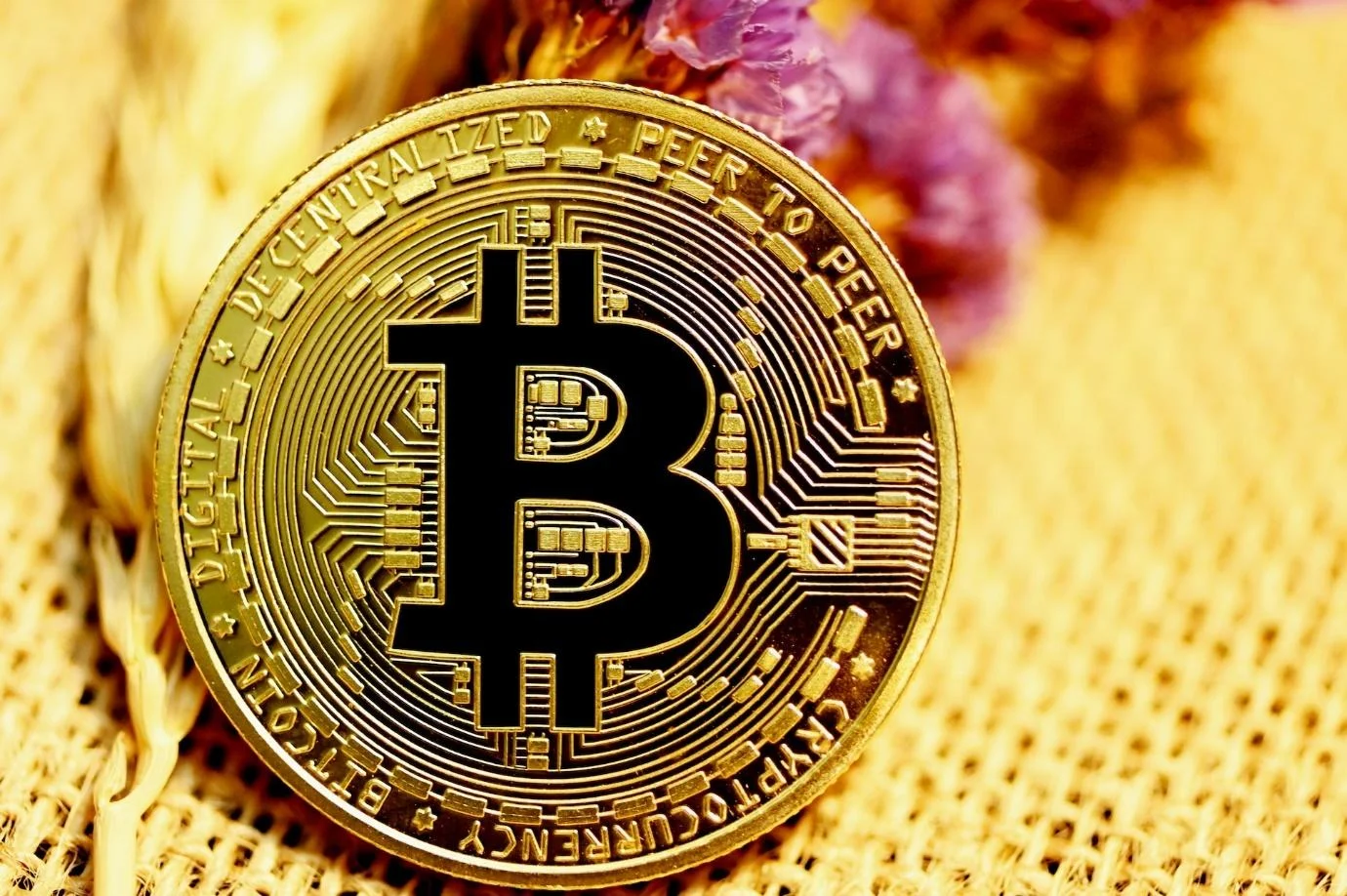
The reason behind this classification is multifaceted. Bitcoin has never sought public funds to develop its technology, unlike many ICOs. Furthermore, while Bitcoin might meet the first criterion of the Howey Test, it falters in the subsequent elements.
There's no common enterprise where investors are pooling their funds. No promoter or issuer is driving Bitcoin's value, and an investor's success isn't reliant on the efforts of third parties. This positions Bitcoin more as an asset, akin to commodities like gold or diamonds.
➣ ICOs and Their Complex Interaction with the Howey Test
Initial Coin Offerings (ICOs) present another layer of complexity in this discourse. These fundraising mechanisms allow developers to raise capital for new projects by selling tokens. While they've been instrumental in bootstrapping numerous blockchain projects, they've also been riddled with controversy. A startling analysis by WSJ in 2018 revealed that one in five ICOs exhibited "red flags" suggestive of potential fraud.
In stark contrast to Bitcoin's classification, Jay Clayton stated in 2018 that every ICO he had seen was a security. Gary Gensler, Jay Clayton’s Successor, also voiced his concerns in a September 2021 testimony, noting the rampant "fraud, scams, and abuse" within certain segments of the crypto space.
The classification of ICOs as securities hinges on the Howey Test – particularly, the expectations of profits from the efforts of others. Tokens from ICOs often satisfy this criterion, leading them to be classified as securities and thus falling under the purview of the SEC.
Yet, this doesn't mean all tokens are securities, as we mentioned before. Some, known as utility tokens, are more analogous to digital coupons. These tokens provide access to a future product or service. Filecoin and Siacoin are prime examples. However, the SEC has cautioned that despite a project having a utility token framework, it cannot be automatically deemed as a security.
➣ The SEC vs. Ripple: A Controversial Case Defining Digital Assets
The SEC's lawsuit against Ripple in December 2020 brought to the fore the complexities of classifying digital assets within the securities framework. Accusing Ripple of raising over $1.3 billion through an unregistered securities offering by selling XRP, the lawsuit represents one of the most high-profile legal battles in the cryptocurrency sector.
1. The Core Controversy
The crux of the lawsuit revolves around whether XRP can be classified as a security. The SEC claims that it can, based on its assertion that Ripple's sale of XRP constitutes an investment contract. Ripple, in contrast, maintains that XRP is a currency or a medium of exchange and should not be classified as a security, emphasizing its functional utility in facilitating transactions.
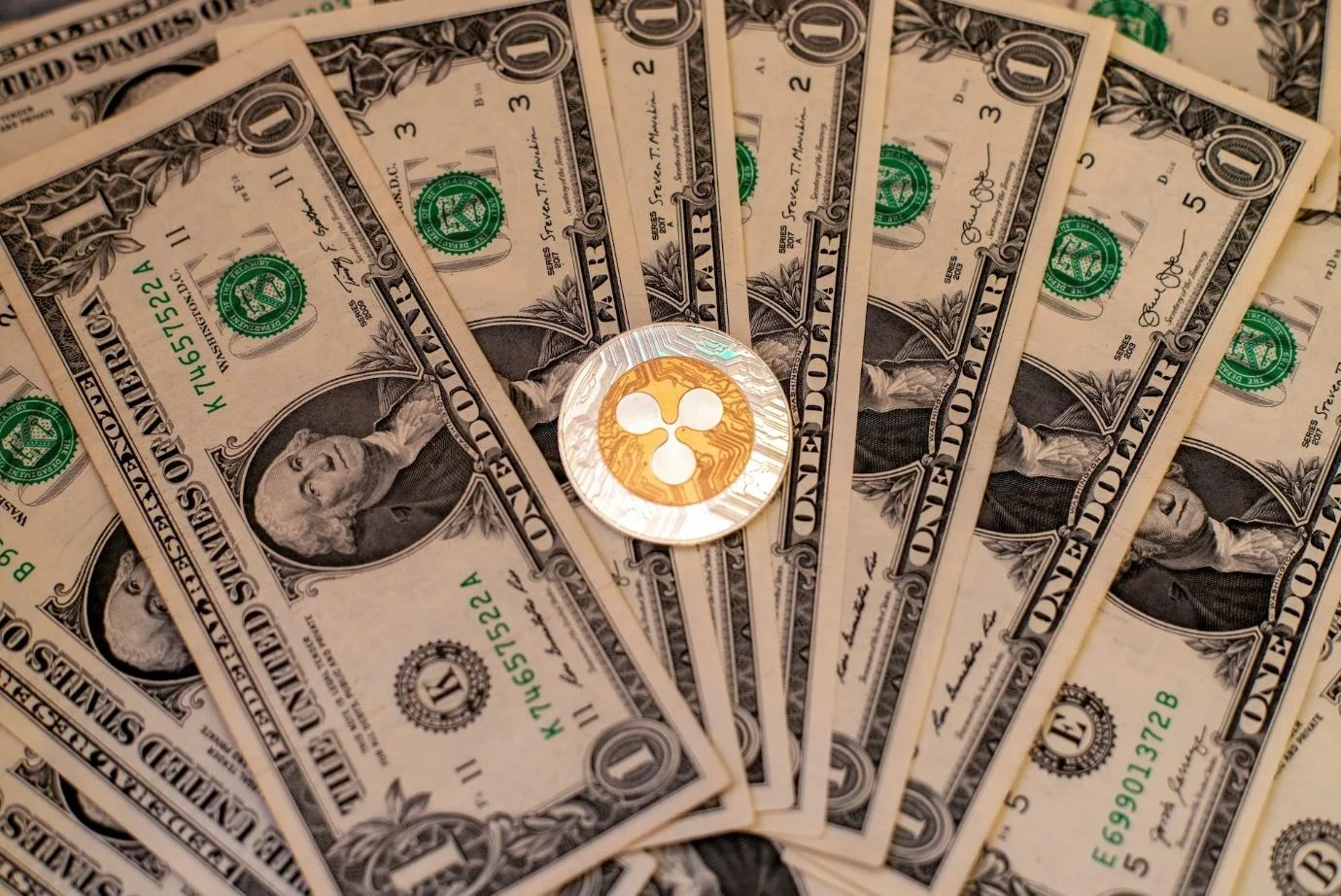
2. The July 13, 2023, Decision
In a pivotal development, U.S. District Judge Analisa Torres ruled in favor of Ripple on July 13, 2023, stating that Ripple's XRP token sales on public exchanges adhered to federal securities laws. Judge Torres held that purchasers had no "reasonable expectation of profit" from Ripple's efforts, which is a central tenet of the Howey Test for classifying investment contracts.
The Southern District of New York court ruled that while XRP did not pass the Howey Test when sold in secondary sales (like through exchanges), it did when offered to or purchased by institutional investors.
3. The SEC's Attempt to Appeal
The SEC, seeing the wider implications of Judge Torres' decision on other cryptocurrency cases, sought permission to appeal her findings, particularly regarding the "programmatic" sales of XRP and its "other distributions" as payment for services. The regulator contended that an appeal was vital due to its potential impact on a "large number" of related lawsuits.
However, Judge Torres denied the SEC's request for appeal, finding no "substantial ground for difference of opinion" in her ruling. She further clarified that her decision did not conflict with a concurrent ruling by U.S. District Judge Jed Rakoff on Terraform Labs' Terra USD token.
4. Implications and Ongoing Developments:
The SEC vs. Ripple case stands as a watershed moment in the broader discourse on cryptocurrency regulations. It not only influences how XRP is perceived but also sets a precedent for other digital assets undergoing similar scrutiny. However, this is not the end of the legal battle, with a trial scheduled for April 23, 2024, which the cryptocurrency community will be closely monitoring.
This nuanced ruling showcased the complexity of applying the Howey Test to digital assets, leading to mixed reactions. While some in the crypto industry declared it a victory, the SEC persisted in its efforts to regulate cryptocurrencies through the Howey lens.

This dedication was further showcased when the SEC filed complaints against Celsius Network Limited, Digital World Exchange, BoostedPro, and D.W. Exchange in July 2023. These entities were accused of issuing unregistered securities and selling crypto asset securities. The actions underline the SEC's commitment to using the Howey Test as a tool to navigate the murky waters of cryptocurrency regulation.
Conclusion
The Howey Test, a tool from 1946, finds itself at the heart of one of the 21st century's most groundbreaking innovations. As the crypto space continues to evolve, so does the application of this test. Balancing the need for investor protection with the desire to foster technological innovation remains a challenging endeavor.
As cryptocurrencies gain further mainstream acceptance, the dialogue around their regulation and classification will undoubtedly intensify. The journey of the Howey Test, from citrus groves to digital coins, underscores its enduring significance in American financial jurisprudence.
However, it's imperative to remember that the SEC is just one piece of the regulatory puzzle. While it commands a pivotal role in the U.S. about the security status of digital assets, not being under its purview doesn't mean a project is free from oversight.
Other regulatory agencies, such as the Commodity Futures Trading Commission (CFTC), as well as central institutions and state-level bodies, may have their unique requirements and interpretations. On an international level, regulatory frameworks can vary widely. Therefore, as the digital asset landscape continues its dynamic evolution, it becomes increasingly vital for all stakeholders to understand and adeptly navigate this complex regulatory tapestry.
If you face any legal or regulatory quandary, feel free to contact us and pick the brains of our legal experts on a 15-minute call.
Frequently Asked Questions
1. What are the 4 elements of the Howey Test?
The Howey Test, created by the U.S. Supreme Court in 1946, has 4 main elements to determine whether an asset is an investment contract i.e. a security:
Investment of money
In a common enterprise
With an expectation of profits
From the efforts of others
All four criteria need to be met for an asset to be classified as a security under the Howey Test.
2. Does XRP Pass the Howey Test?
The status of XRP concerning the Howey Test has been contentious. In the ongoing Ripple vs SEC lawsuit, the Southern District of New York court ruled in July 2022 that XRP was not a security when sold on exchanges. However, XRP did meet the Howey Test criteria when initially sold to institutional investors. The debate continues as the case proceeds.
3. Does Ethereum Pass the Howey Test?
While Ethereum's 2014 ICO was considered a securities offering, Ether in its current decentralized state is not. This is because profits from Ether do not predominantly rely on the efforts of the Ethereum foundation or any central party. So currently Ethereum does not pass the Howey Test criteria.
4. What is a security vs currency?
A security is a tradable financial asset like stocks, bonds, etc. Its value is derived from an external asset. A currency serves as a medium of exchange and unit of account. Cryptocurrencies like Bitcoin are deemed currencies while tokens sold via ICOs can be categorized as securities under the Howey Test.



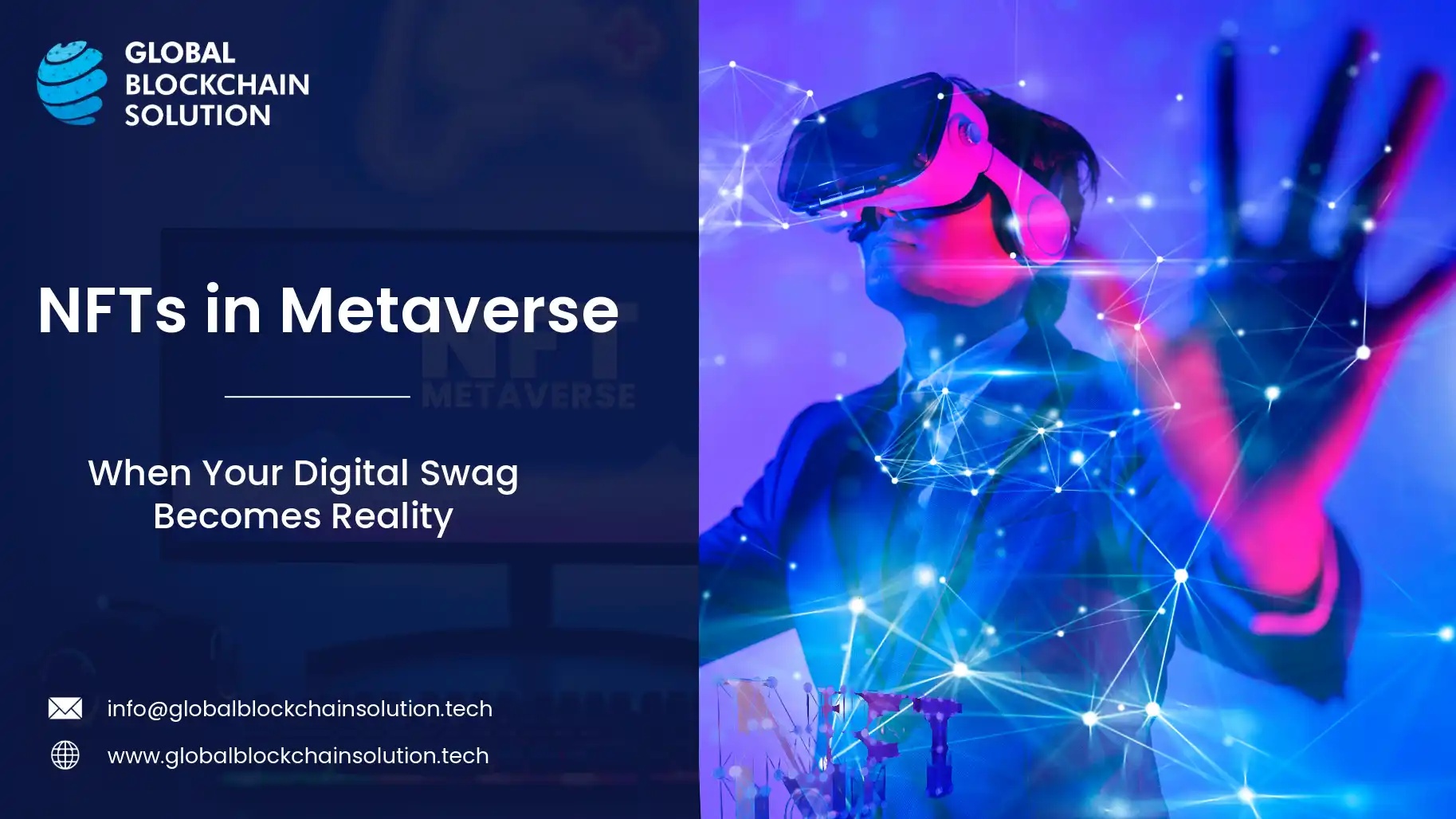


Comments
Share Your Feedback
Your email address will not be published. Required fields are marked *